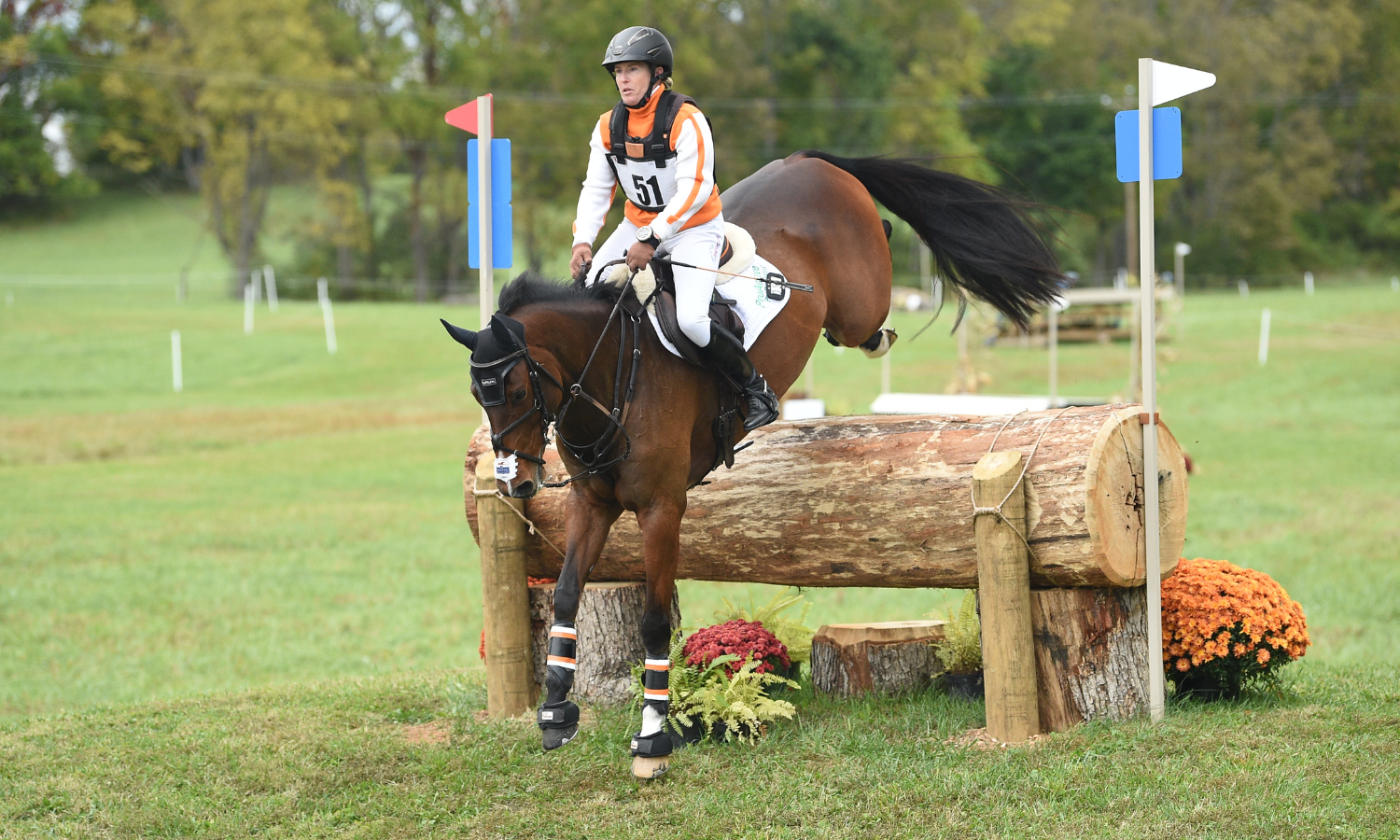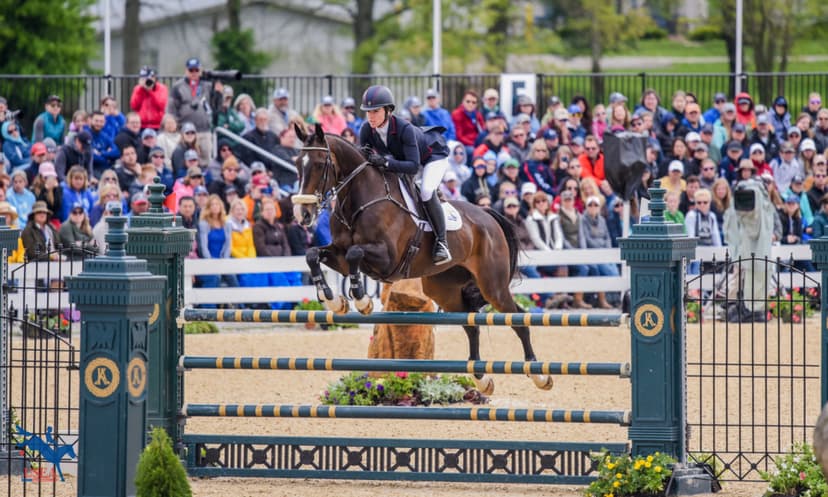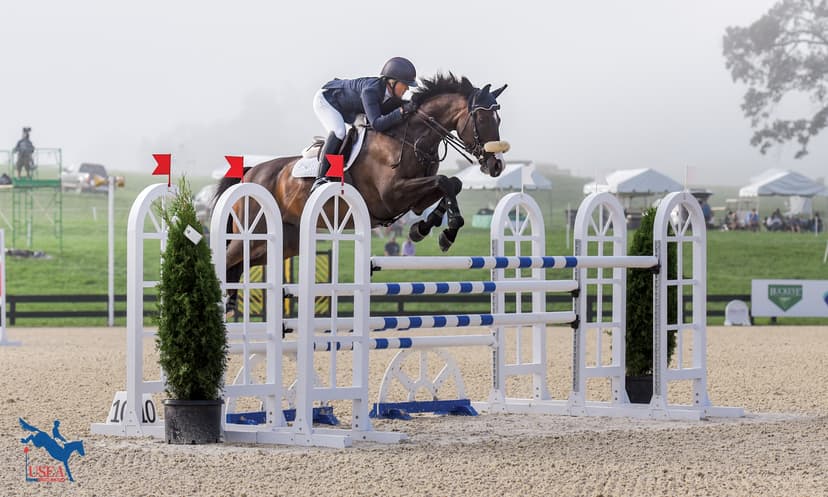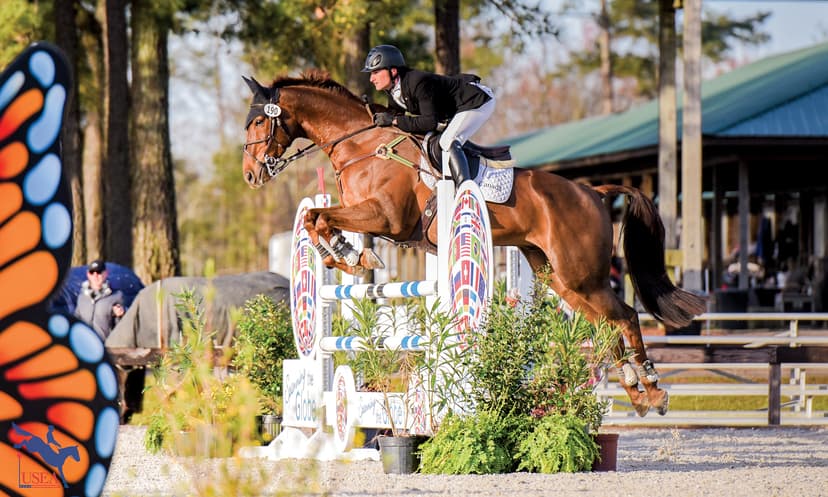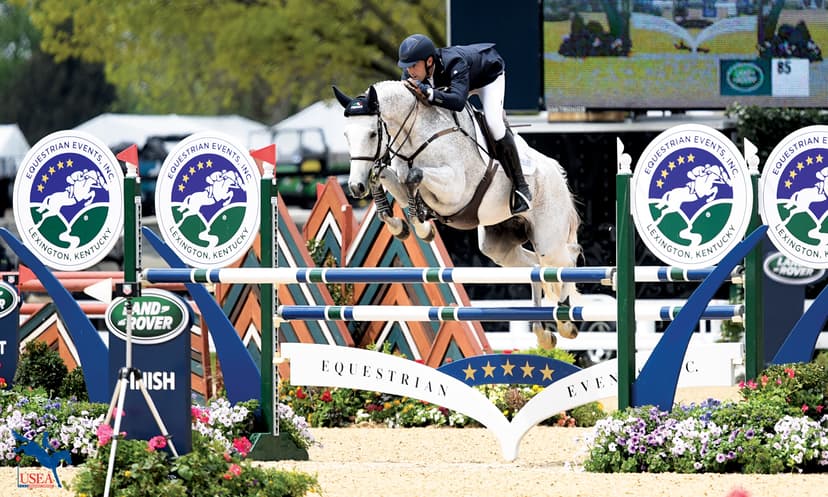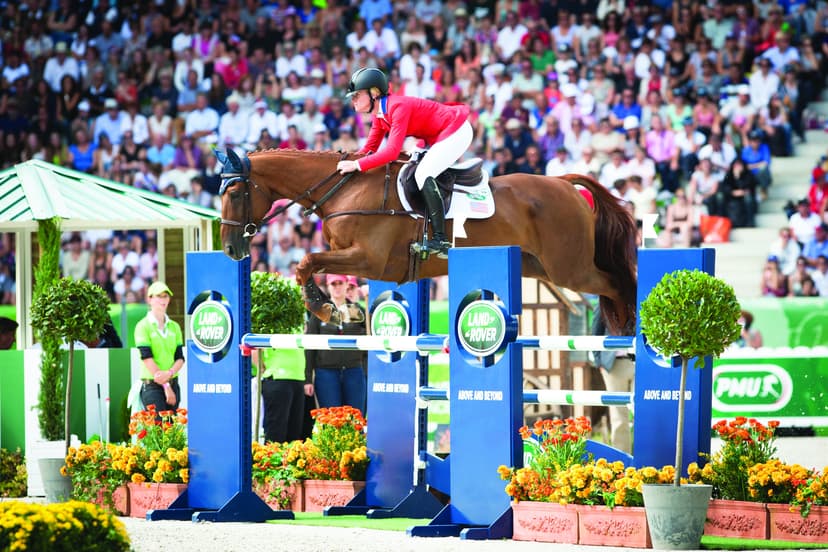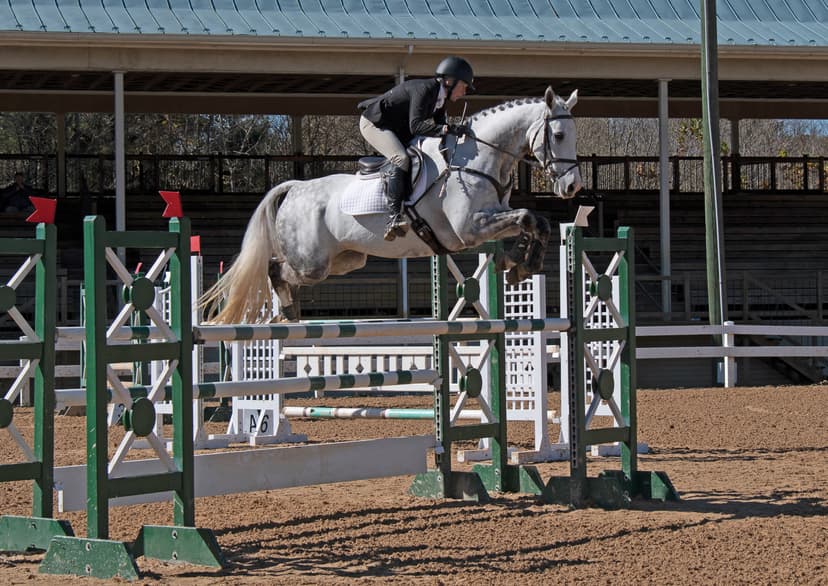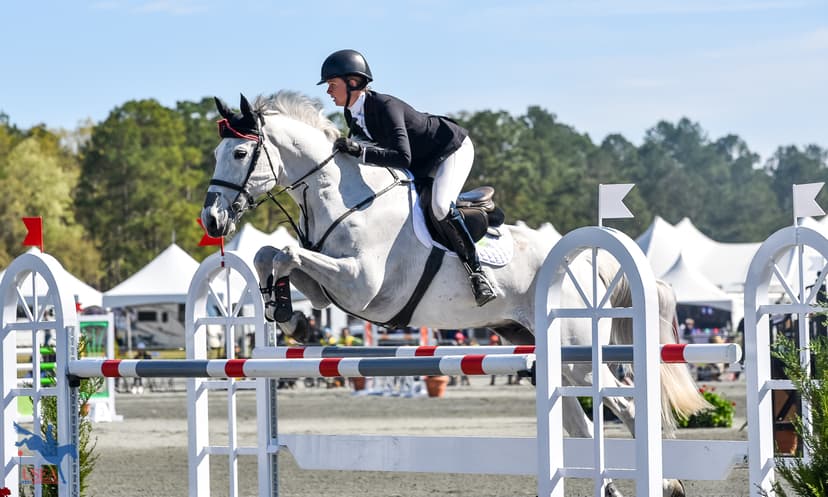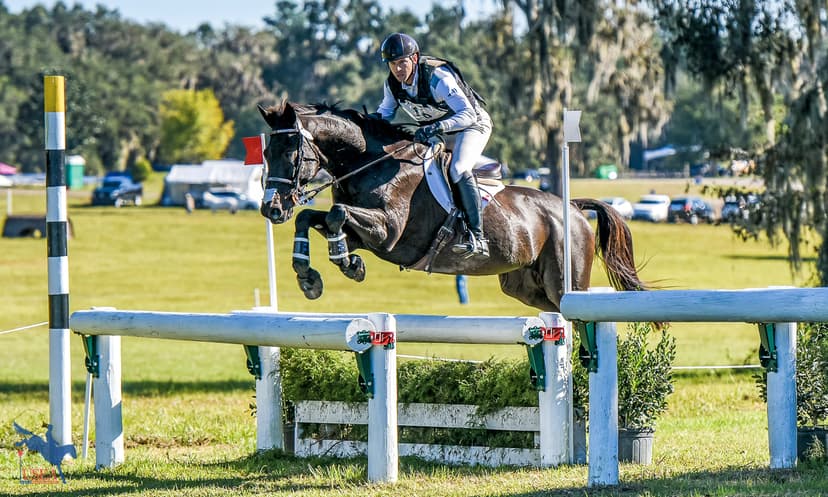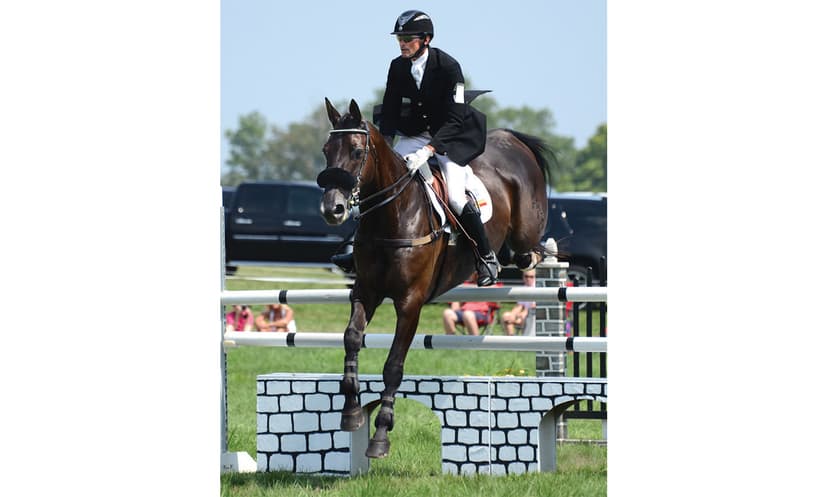Understanding Gridwork and its Purpose with ECP Level V Certified Coach Sharon White
As complex as eventing can be through the various lines and tracks presented to horses and riders in the jumping phases, gridwork can help make things simpler when in the heat of the moment of a competition, clinic, or lesson. Regardless of the level, gridwork teaches horses and riders to establi...
Grid Pro Quo with Ariel Grald
Ready to spice up your arena routine this winter training season? In this series, we are revisiting some of our favorite Grid Pro Quo articles from Eventing USA to help you use the off-season to your advantage and keep you and your horse in tip-top shape for when it's time to get bac...
Grid Pro Quo with Allison Springer
Ready to spice up your arena routine this winter training season? In this series, we are revisiting some of our favorite Grid Pro Quo articles from Eventing USA to help you use the off-season to your advantage and keep you and your horse in tip-top shape for when it's time to get bac...
Grid Pro Quo with Waylon Roberts
Before getting caught up in the rush to get ready for your next competition, it’s great to spend a little time working on footwork exercises for your horse and position exercises for yourself. Without the pressure of competing, it’s the perfect time to take a breath and really focus on the detail...
Grid Pro Quo with Will Coleman
Throughout my career, I’ve been lucky enough to both spectate and compete at some of the biggest events around the world. And whether you’re competing at one of these marquee events or at your local horse trials, the two biggest reasons that riders will have rails in show jumping are the same: la...
Grid Pro Quo with Sinead Halpin Maynard
There are many reasons why this is one of my go-to exercises for my jump schools. While it seems simple on paper, it’s a great exercise for teaching rider responsibility while focusing on your position, while also teaching horse responsibility with a focus on footwork.
Grid Pro Quo with Cindy Anderson-Blank
There are so many great exercises out there and so many great trainers to learn from, and oftentimes my exercises are hybrids of others that I have learned from either watching a lesson or taking a lesson myself. However simple, I have found this particular exercise to be extremely versatile and ...
Grid Pro Quo with Caroline Martin
There are many reasons why I love using cavaletti throughout the year, but the main one is that they help you practice seeing your stride without taxing your horse’s legs. Not everyone has the option of jumping several horses a week, so it can be hard to find that balance between being able to pr...
Grid Pro Quo with Tik Maynard
While on paper you may think that this exercise is overly simple, I find that it is the perfect thing to work on during the winter months to help prepare for the upcoming show season. I’m a big believer in training my horses – and students – in a systematic manner. And this is a great exercise to...
Grid Pro Quo with Danny Warrington
While I love traditional trot grids, I like this “fives” exercise because of everything it does for the rider. First off, unlike traditional trot grids where the jumps slow the horses down, this grid teaches the rider how to create the half-halt themselves. Second, as some other professionals hav...

